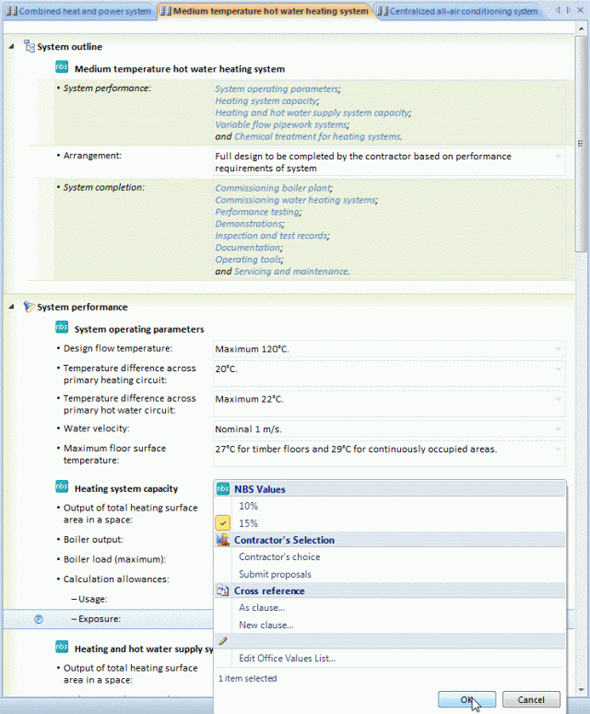I was invited to take part in panel discussion at the CIBSE Building Services Conference on BIM and service engineering, which took place on in London on 9 and 10 October 2012.
The session prompted all the usual BIM debates such as "Who benefits most from BIM?", "Should private sector clients follow in the Government's footsteps?" and "What are the barriers to BIM adoption?"
However, given that the conference was a predominately services-led event, the most pertinent question addressed was "What does BIM mean from a service engineering point of view?" This topic, which was also recently the subject of discussion at an NBS user focus group, sparked an interesting debate.
It seems evident that the level of detail surrounding BIM objects must develop slowly throughout a project. Objects such as boilers, chillers, air handling units and tanks need generic place holders with approximate basic geometry.
The geometry must include not only the physical space, but also the maintenance regions required around the object. As the design progresses, the generic performance properties need to be completed on the objects in the model – and finally, the information can be developed to a stage where outputs for fabrication, installation and operation are all possible.
Discussions also highlighted that an international BIM design package is very unlikely to include all of the analysis tools required to meet the needs of a local market – which is clearly true for structural and architectural software, as well as engineering software.
Information must flow from one software package to the next, without the need for the user to re-key data. If the user is required to re-key information, then this raises the question as to whether it is truly a BIM process. Common schemas for engineering systems and products for the UK market must be defined and agreed – and these should respect the international open data formats such as IFC and gbXML.
Inevitably, the issue of collaboration arose as a key driver for progress and as my colleague Ian Chapman, Head of the NBS Technical Team, will support – for many years, architects and engineers have partnered to provide integrated services to clients. Ian talks more about BIM for building service engineers in the CIBSE Journal, November issue.
However, working digitally on shared models will bring even more efficiencies and success. At an early stage, different disciplines can integrate their models to show concept designs to clients – concept designs which can communicate visual intent from the architects and an indication of the performance of the building to the occupiers. By collaborating early, this information can continue to grow to provide the best outcome to the client and the future occupiers.

The screenshot above shows that across mechanical, electrical, structural, landscape and architecture, NBS Create has around 8,000 system and product schemas. We are currently integrating this information with our NBS National BIM Library objects .
Related reading on theNBS.com
BIM Collaboration and Engineering - many heads are better than one

